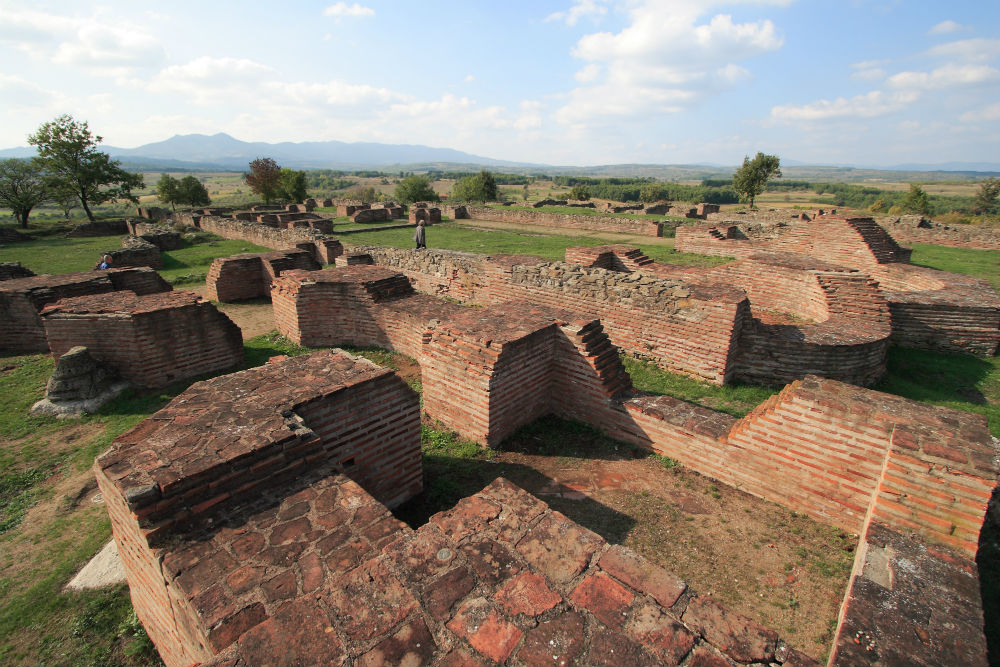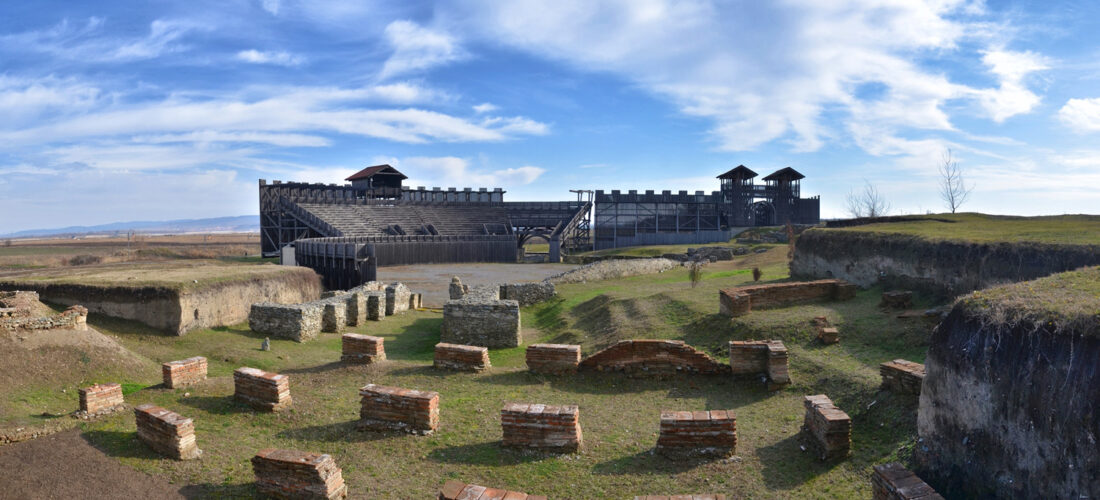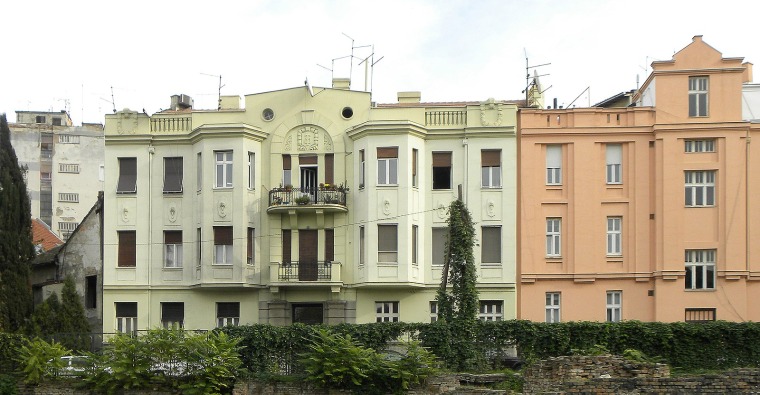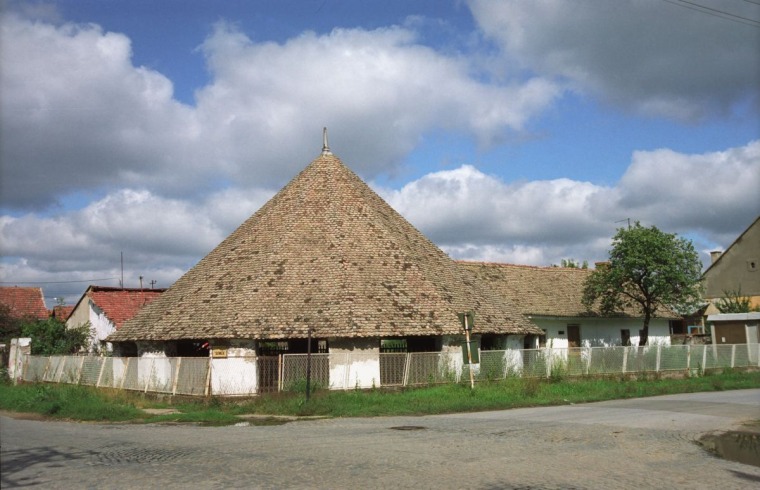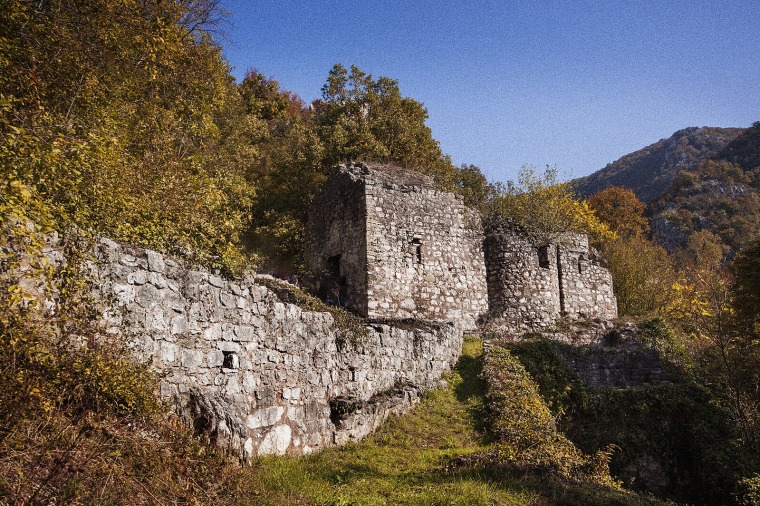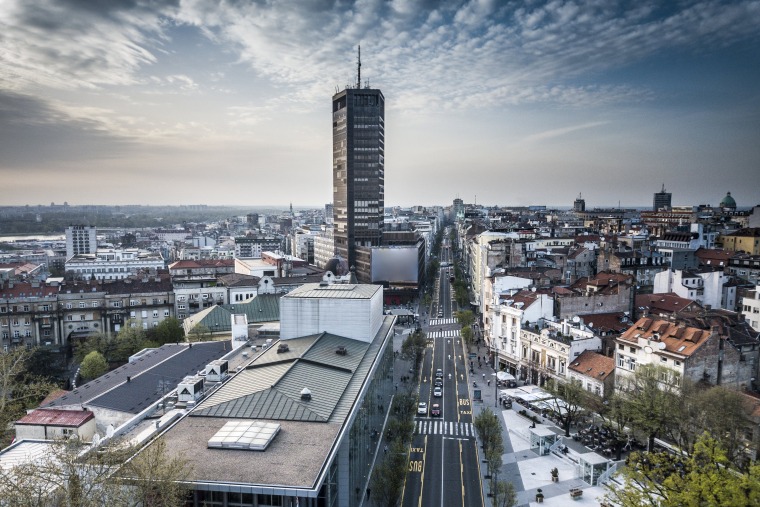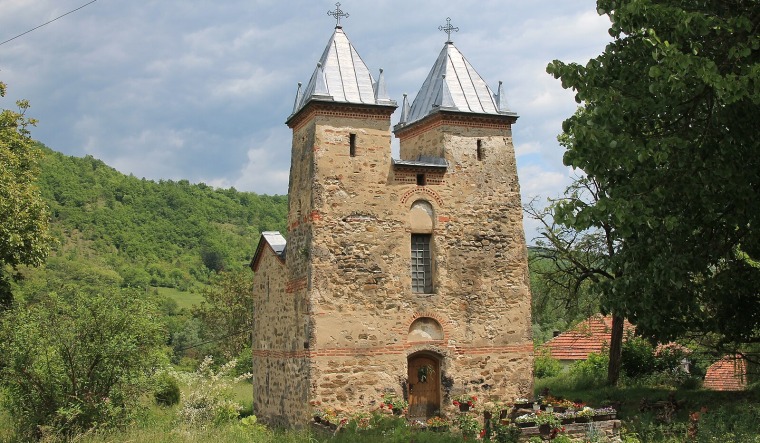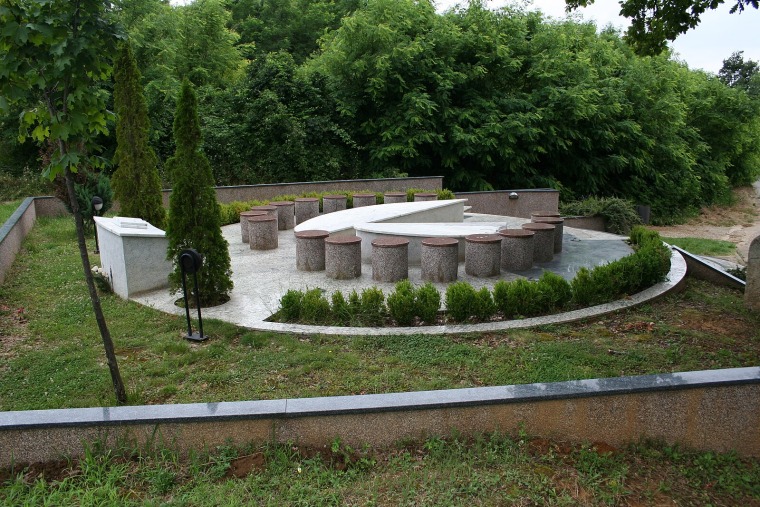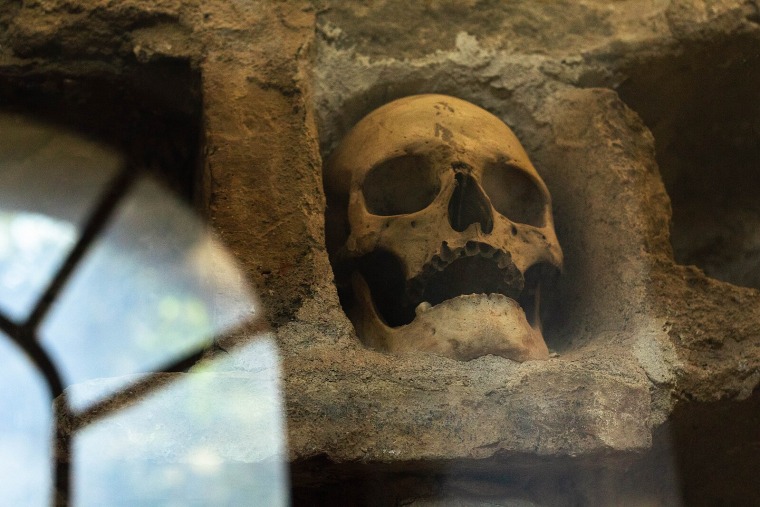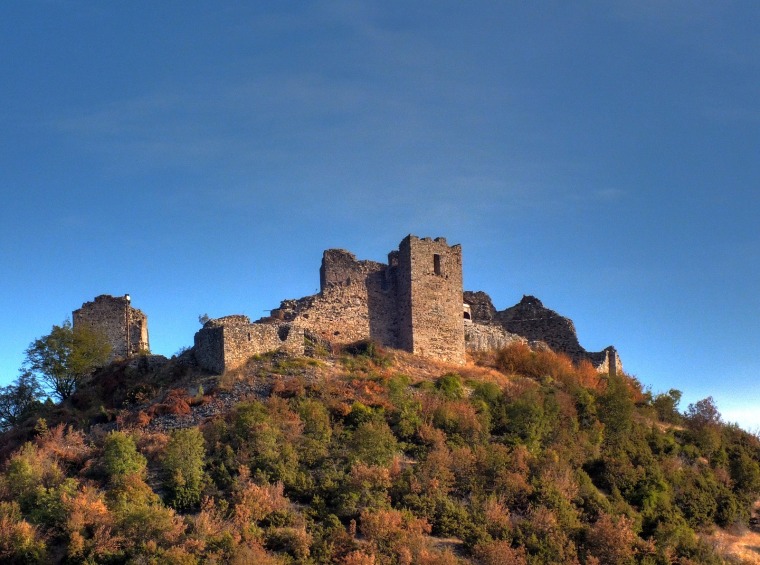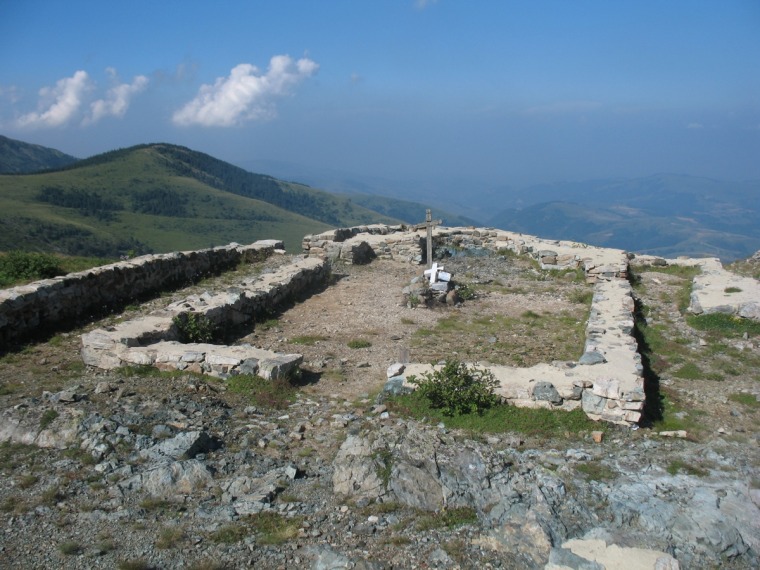The remains of the oldest Neolithic civilization in Europe lies in Vinča, on the right bank of the Danube, not far from downtown Belgrade.
When the mighty Danube returned to its river bed a century ago, it revealed a great treasure. An old man named Panta from Vinča found a strange clay figurine at the river bank. This curious old man had never seen anything like it, so he took his figurine to the National Museum in Belgrade in order to find the explanation. He couldn’t have even imagined that in his hands he was holding a figurine that had been made by an early man in the late Stone Age.
Since then the archaeological excavations have been revealing numerous cultural layers of a civilization preserved in a seemingly just an ordinary hill in Vinča. Archaeologists concluded that it was the largest Neolithic settlement in Europe, dating back more than 7,000 years B.C, and there they found the remains of several cultural layers.
The archaeological treasure of Vinča was found at 10,5 m of depth and it contains numerous layers of civilizations dating from the Neolithic Period over the Bronze Age to the tombs from the Middle Ages.
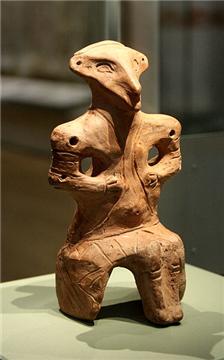
This archaeological site is a proof that 7,000 years B.C. there was a settlement there. It is considered to have been the center of a civilization that spread across the territory of Bosnia, Serbia, Romania, Bulgaria, Montenegro, Macedonia and Greece.
The archaeological site in Vinča revealed different kinds of tools and weapons made of stone and bones, pottery, ritual vases, jewelry, numerous anthropomorphic and zoomorphic figurines, the remains of prehistoric houses and many other objects created here or brought from remote areas.
What makes this site so unique is the large number of identical objects indicating that people had had some kind of standardized production in the late Stone Age.
This civilization was much more developed then it was firstly taught. Excavations revealed that this was an urban settlement.
This ancient metropolis was burnt numerous times, but some of those fires actually did a great favor to mankind.
Due to the fire, traces of houses and other objects were preserved in plaster, helping us understand our ancestors’ way of life.
The houses were made of mud and sand, set in narrow streets, and the early men were much more civilized and creative than we could even imagine.
They woven dresses with V-neck with certain style and design, they had the furniture in houses, and they created beautiful pottery. In addition, they loved to travel.
They would travel to the Carpathians in order to get the volcanic glass that was used for weapons, and they brought different objects from far lands and different cultures. That is why the Vinča culture is considered to be one of the most advanced prehistoric cultures. It is thought that it lasted for thousand years.
Copper caused numerous wars and the disappearance of the Vinča culture. While the people here made fortunes making jewelry and tools out of copper, others used it to make weapons and seize their treasure, as people in Vinča were a peaceful civilization. So the downfall of the Vinča civilization began.
Today the archaeological site in Vinča is still in the center of archaeologists attention. Even though a large part of the site has been excavated, the exploration isn’t even close to being finished. The world hasn’t heard yet of all its secrets.
Vinča, once the center of a great civilization, today is one of the most significant archaeological sites in Serbia visited by numerous tourists each year.
How to get to Vinča?
Vinča is a suburban settlement of Belgrade which is 14 km from the center of Belgrade on the Belgrade-Smederevo road.
You can get to Vinča either by bus or by car. If you are coming by car the simplest way to go is to take the Bubanj potok exit on the highway and then take the circuit to Smederevo which is 8 km from Vinča.
From the direction of Smederevo, take the road towards Belgrade where you will find a road sign marking when to turn for Vinča.
If you are coming by bus there is a regular GSP (Belgrade public transportation), the 307 bus will take you to Vinča from the starting station in Ustanička street.
When you are already here, don’t miss…
Visiting the archaeological park and locality known as “Belo Brdo” (eng. The White Hill) on the very bank of the Danube.
Vinča is also famous for the Vavedenje monastery from the 15th century, but also don’t miss the opportunity to visit the Rakovica monastery which is in the part of Belgrade called Rakovica, and is only 19km far from Vinča.
Vasa Čarapić, one of the leaders of the First Serbian Uprising, was buried in this monastery, as well as the Serbian Patriarch Pavle.
Visit the Smederevo fortress, the last medieval capital of Serbia, where you can also visit the international theater festival – Fortress Theatre.
A glass of the famous “Smederevka” white wine at one of the biggest and most significant wine manifestations in the country – the Smederevo Autumn.
Photo: Michel wal/Wikimedia Commons




